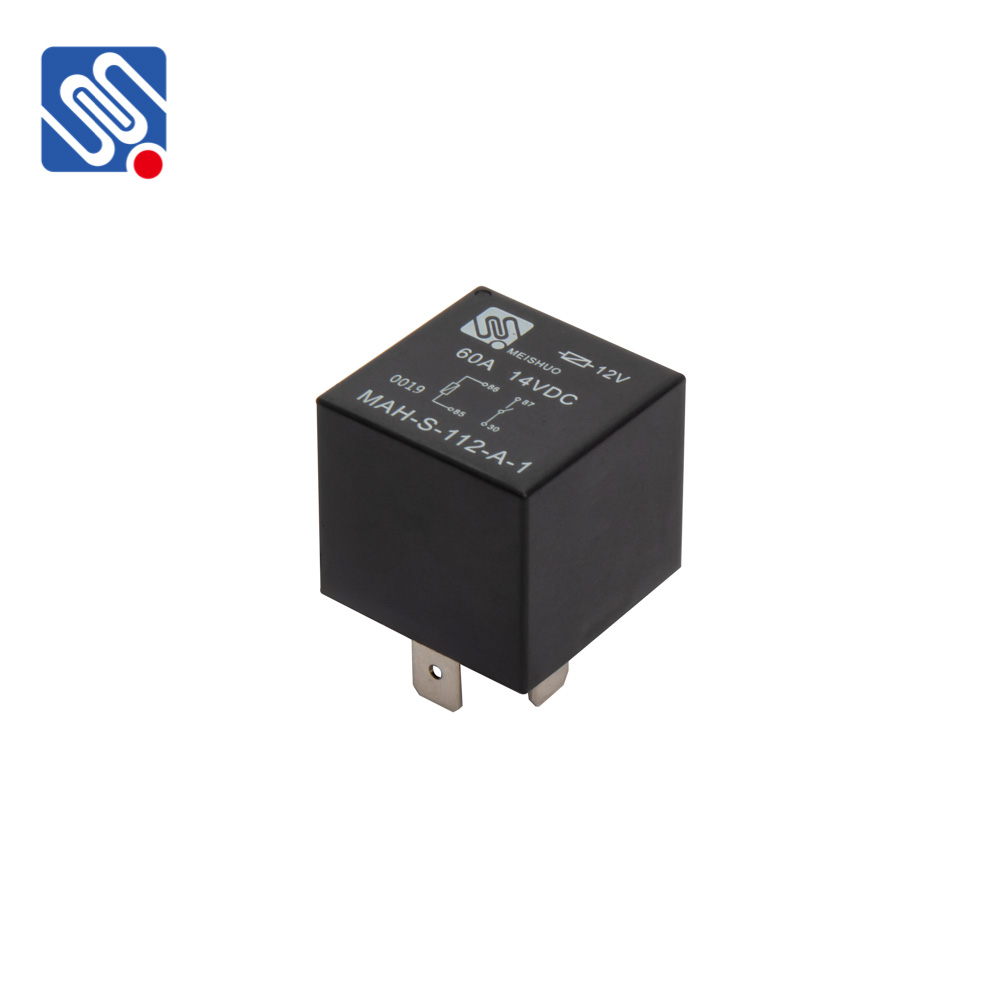Relays are an essential part of electrical systems, providing a means of controlling high-power circuits using low-power control signals. One of the most commonly used types in various industries is the 12V 60A relay. This powerful relay is known for its ability to handle substantial electrical loads while being controlled by a 12V DC signal. In this article, we will explore the components, applications, and advantages of using a 12V 60A relay in different systems.

What is a 12V 60A Relay? A 12V 60A relay is a type of electromagnetic switch used to control high-current circuits, which can carry up to 60 amps of current, with the use of a 12V DC input. The term “12V” refers to the operating voltage of the relay coil, while “60A” denotes the maximum current the relay can handle through its contacts. The relay typically consists of an electromagnetic coil, a set of contacts, and a mechanism that allows the contacts to open or close based on the electrical signal sent to the coil. When the 12V DC signal is applied to the relay’s coil, it creates a magnetic field that pulls the contacts together, completing the circuit. When the coil is de-energized, the contacts return to their normal position. This mechanism allows the relay to act as a switch for high-current devices, like motors or other heavy electrical equipment.
Leave a Reply